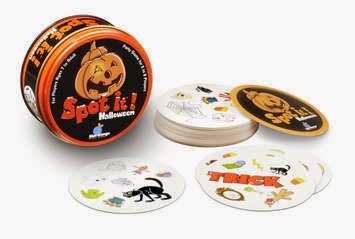The researchers from the Lancet Neurology Journal are calling this a “global, silent pandemic of neurodevelopmental toxicity” in children.
There were five neurotoxins discussed from the research in 2006: lead, methylmercury, polychlorinated biphenyls, arsenic, and toluene. Now new research is including six more chemicals: manganese, fluoride, chlorpyrifos, dichlorodiphenyltrichloroethane, tetrachloroethylene, and polybrominated diphenyl ethers.
“The greatest concern is the large numbers of children who are affected by toxic damage to brain development in the absence of a formal diagnosis...They suffer reduced attention span, delayed development, and poor school performance. Industrial chemicals are now emerging as likely causes.”says study author Philippe Grandjean, of the Harvard School of Public Health.
Today research is showing that over 200 chemicals are being found in newborn's cord blood. This is disturbing because "the developing human brain is incredibly vulnerable to chemical exposures, both in utero and in early childhood, and these changes can be lifelong,” states Forbes.
What are some of the toxins that are harmful?
Polychlorinated biphenyls (PCB): These chemicals have been associated with reduced cognitive function in infancy and childhood. It is found in foods (fish) and it can be passed along by breast milk.
Arsenic: Linked to reduced cognitive function in children. Possibly absorbed through drinking water. Also used as herbicides and antimicrobial additives for animal feed.
Methylmercury: high levels in the bloodstream of unborn babies and young children may harm the developing nervous system. Avoid fish known to be contaminated with methylmercury.
Toluene: Maternal exposure has been linked to brain development problems and attention deficit in the child. It is toxic to respiratory, and nervous systems.
Lead: Found in air, soil, water and homes from fossil fuels, batteries, gas, ceramics and paints. Associated with behavior, lower IQ, hyperactivity and slow growth.
Fluoride: High levels of this chemical has been connected with a 7 point decrease in IQ in children.
Tetrachloroethylene (perchlorethylene): Linked to hyperactivity and aggressive behavior, and increased risk of psychiatric diagnosis.
Polybrominated diphenyl ethers (PBDEs): These flame retardants are banned now, but believed to be neurotoxins. They are found in bedding, electronics, upholstery and foam to name a few. Prenatal exposure has been linked to neurodevelopmental disorders in the child. It is also linked to decreased fertility, birth defects, thyroid problems and hormone disruption.
Parabens (methyl, propyl, butyl): Used as cosmetic preservatives, food additives/preservatives. Is an estrogen-like hormone disruptor and has been found in breast cancer tumors. It is toxic to the nervous and immune system, is a skin irritant, and possible carcinogen.
Sodium lauryl sulfate/Sodium laureate sulfate/SLS: foaming agent in shampoo, body washes, facial cleansers, bubble bath and baby products. It is linked to cancer.
Phthalates: A group of chemicals used to make plastics more flexible and harder to break. Also used in soaps, shampoos, hairspray, fragrances and nail polish. Has a high concern of being an endocrine disruptor, and creating high toxicity to organs. Avoid #3 recycling label.
Polyethylene Glycol (PEG): Found in cosmetic cream bases and toothpaste. Linked to brain, liver and kidney damage in high doses.
Propylene Glycol (PG): Found in cosmetic creams, toothpaste, deodorants, sunscreens, body washes, lotions and even soda. It is also linked to brain, liver and kidney damage in high doses.
Triclosan: Commonly found in toothpaste, anti-bacterial soap, mouthwash, deodorant, lotions and detergents. It is linked to creating resistant bacteria, cancer, liver damage and is a probable hormone disruptor.
BPA: used to make plastics and resins. Found in containers that store food, water bottles, drink cans, and receipts. It can imitate estrogen in the body and potential effects show links to heart disease, intestinal damage, infertility, and developmental and behavioral problems in children.
Check out the toxicity level of what you use at home at:








